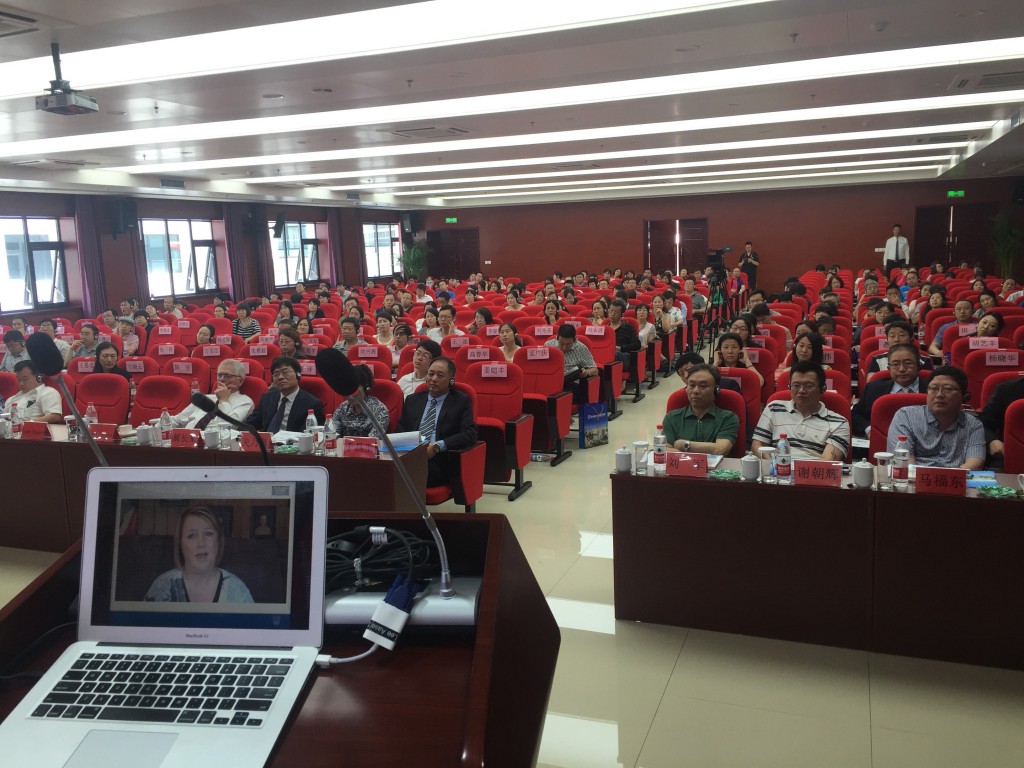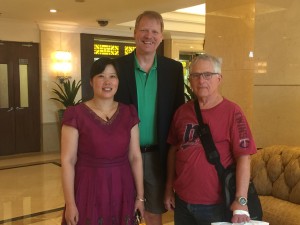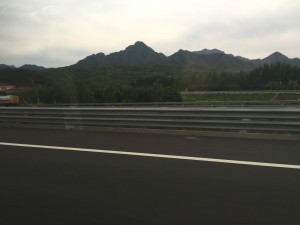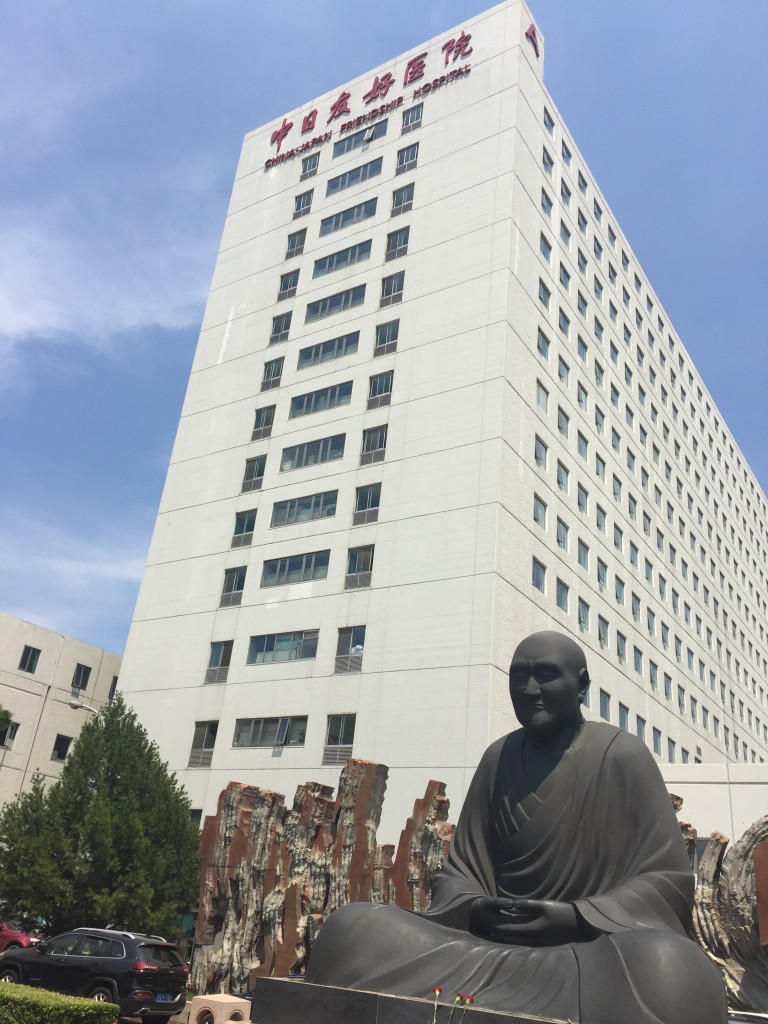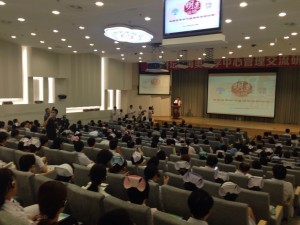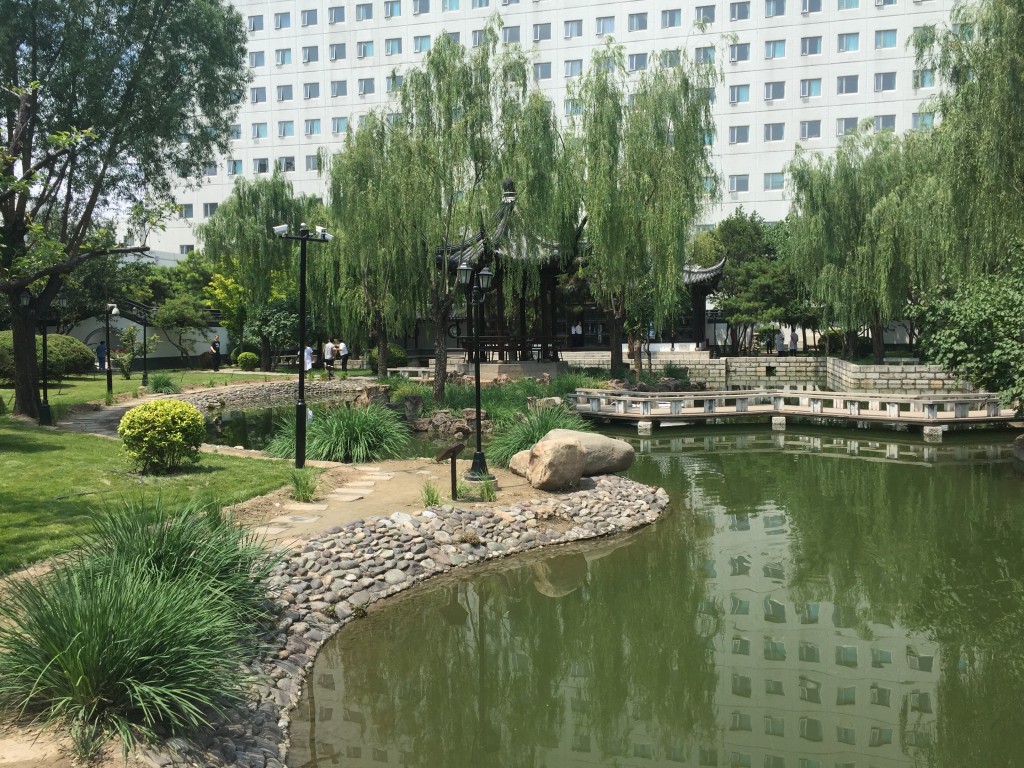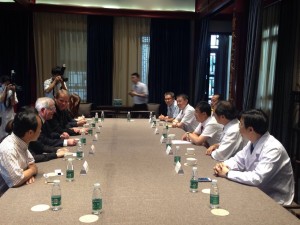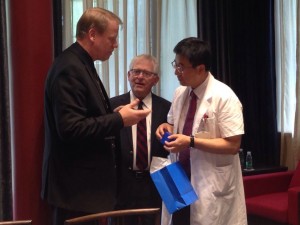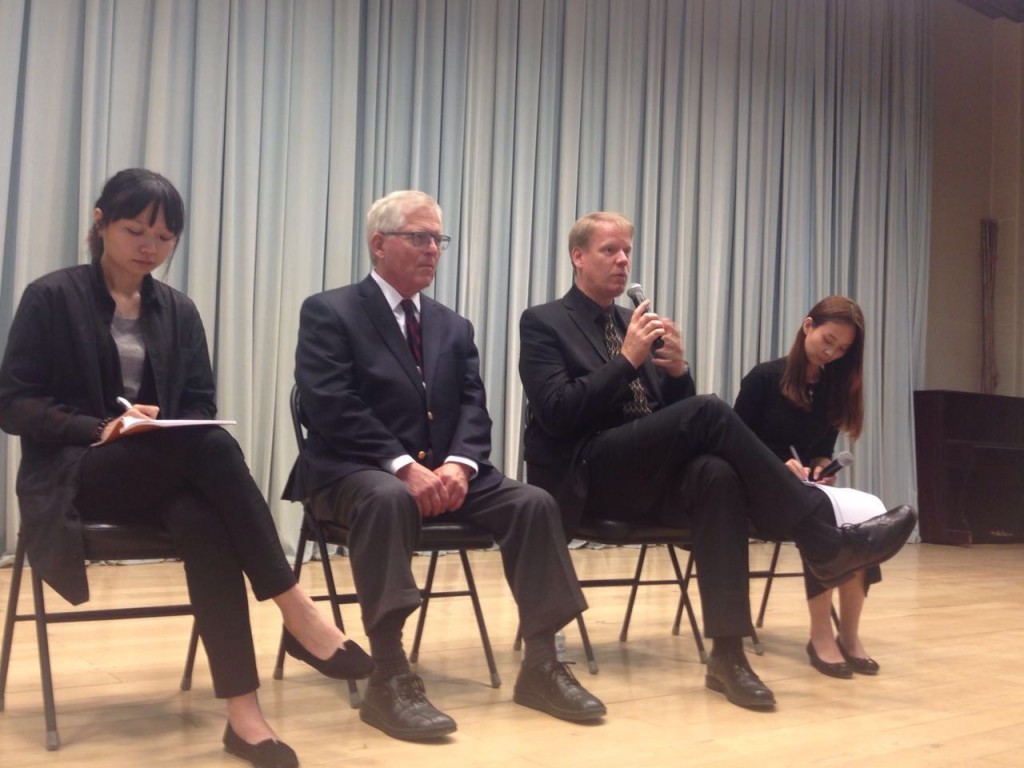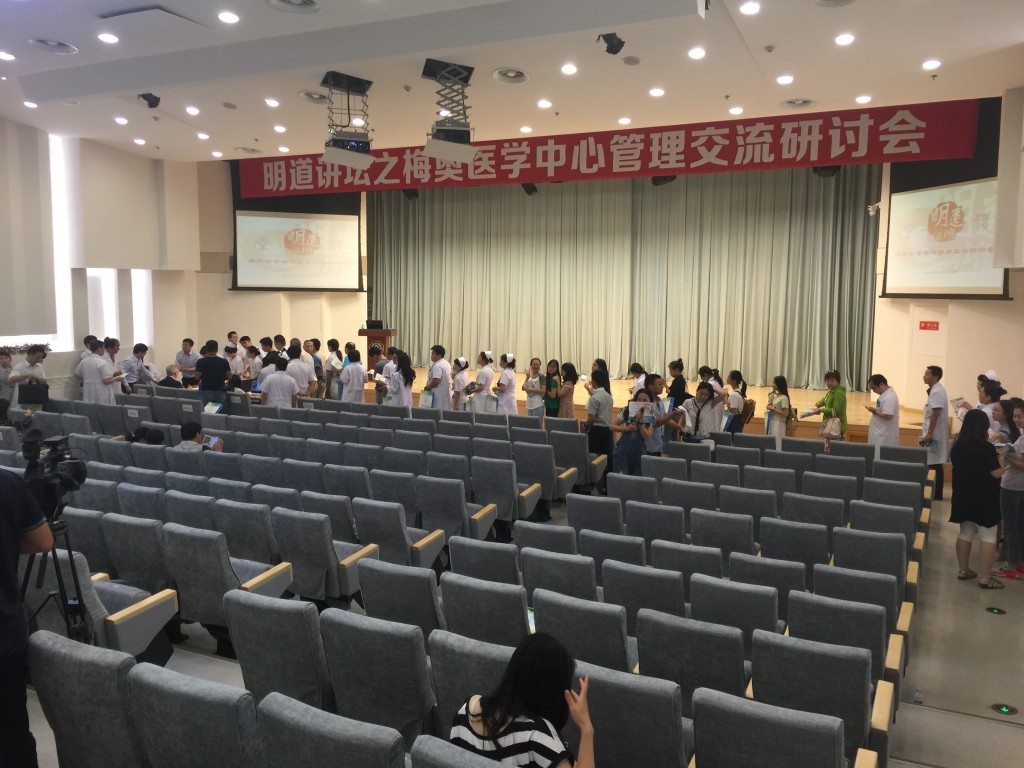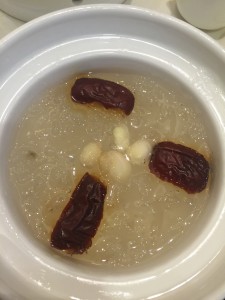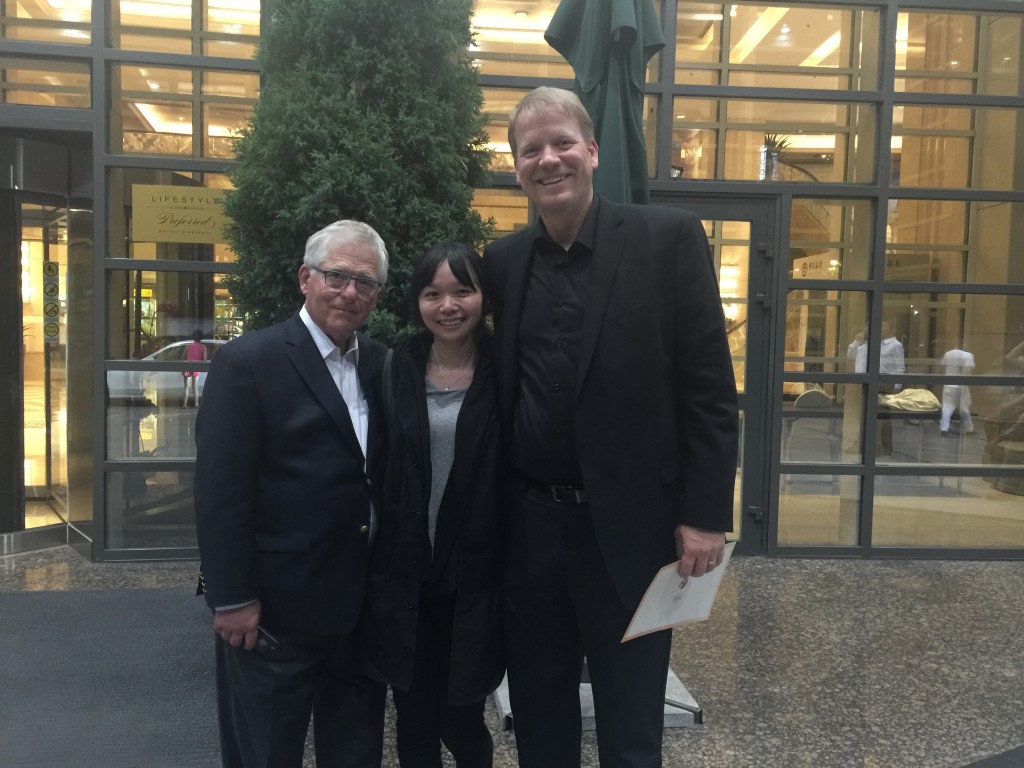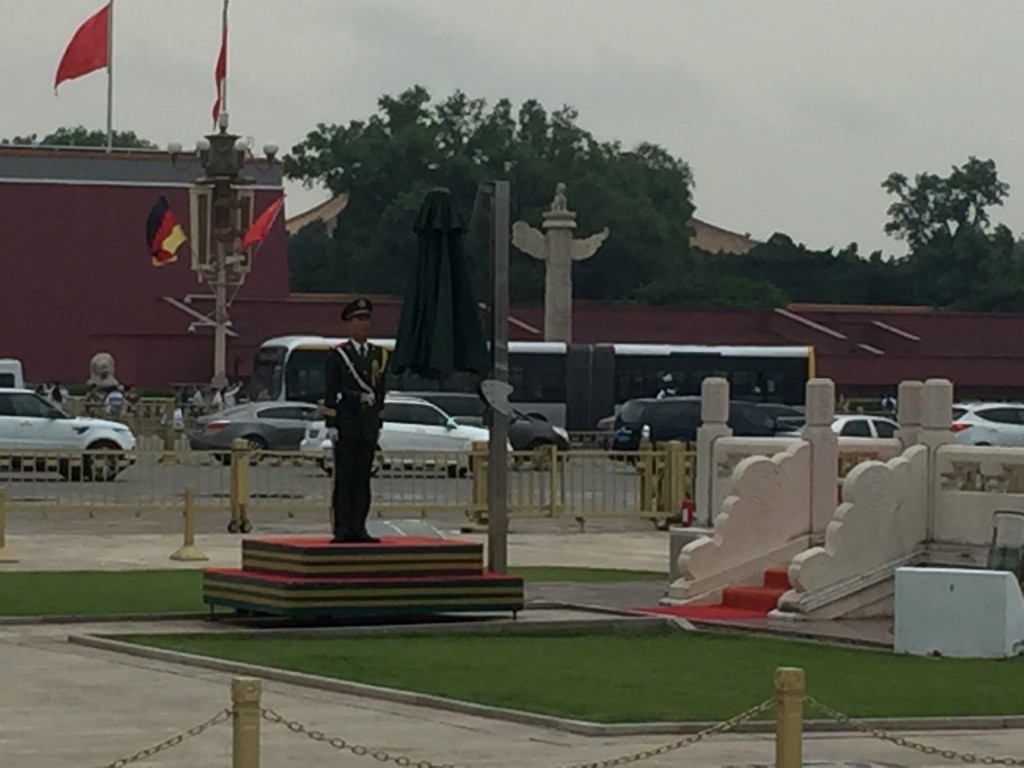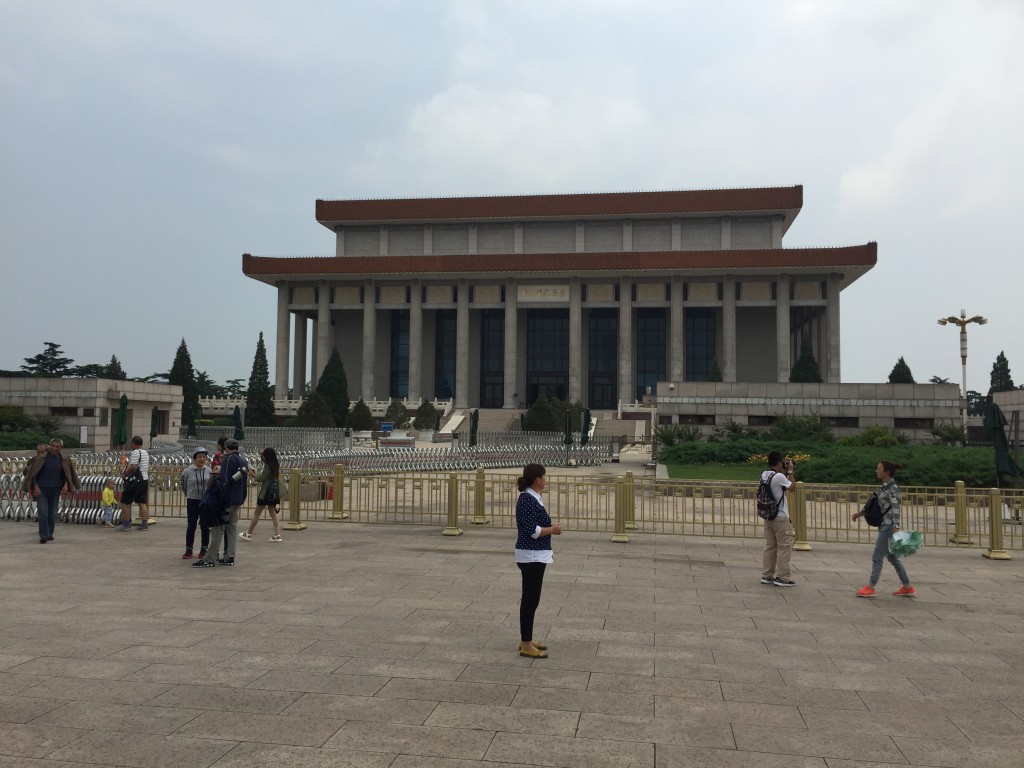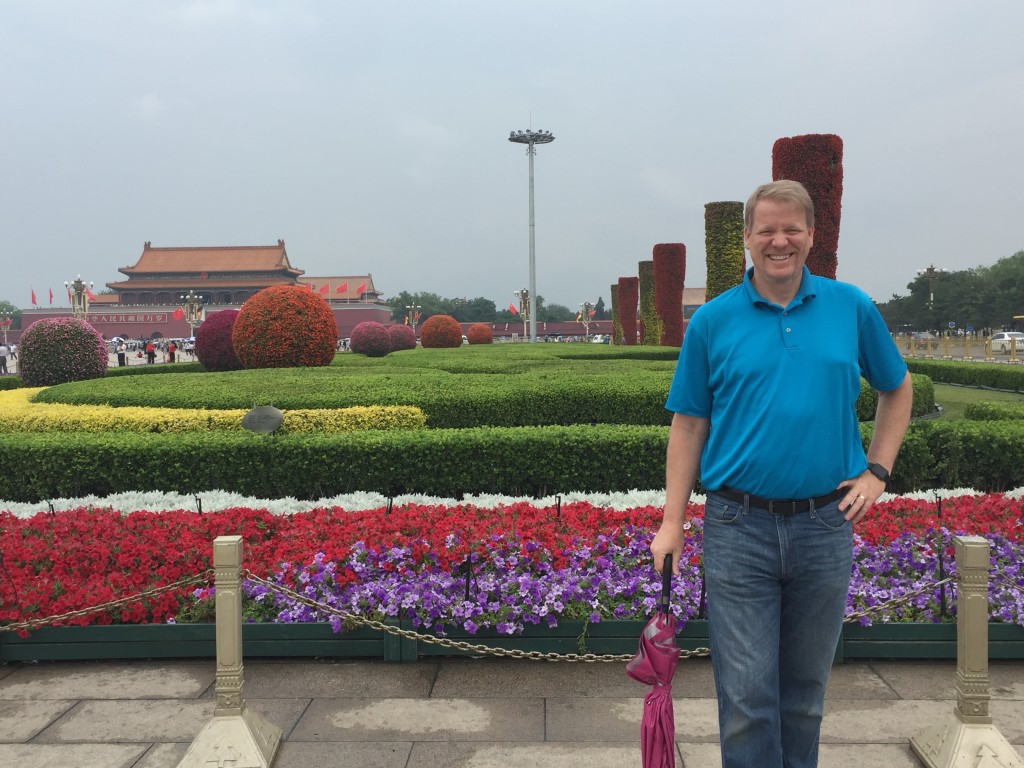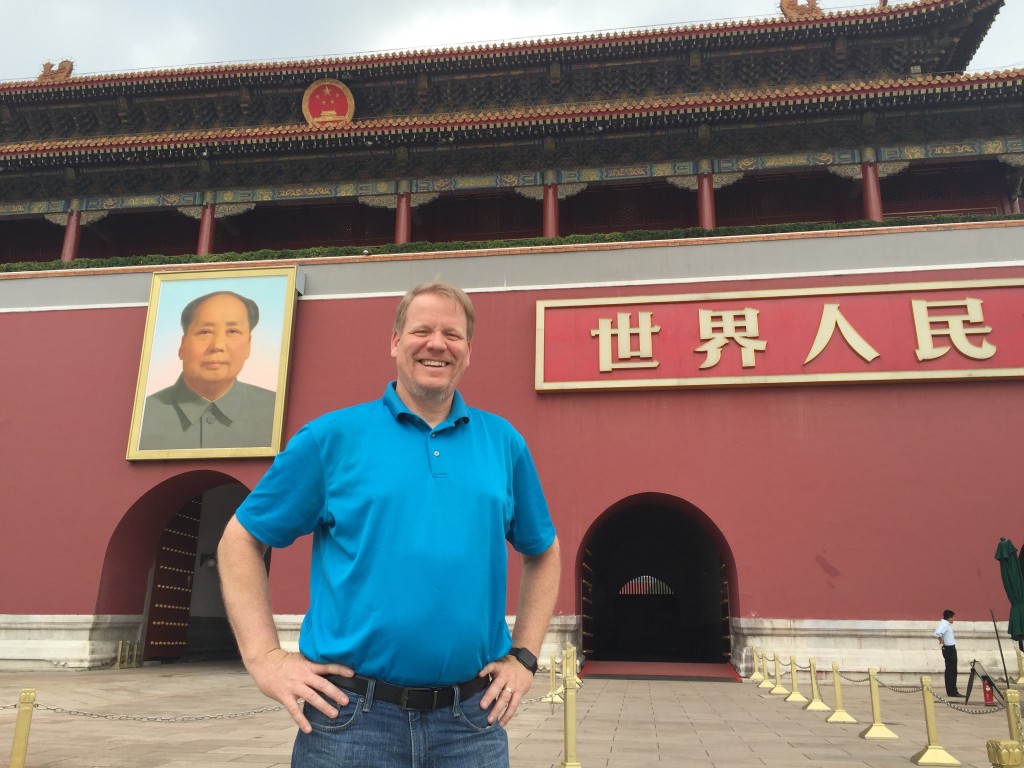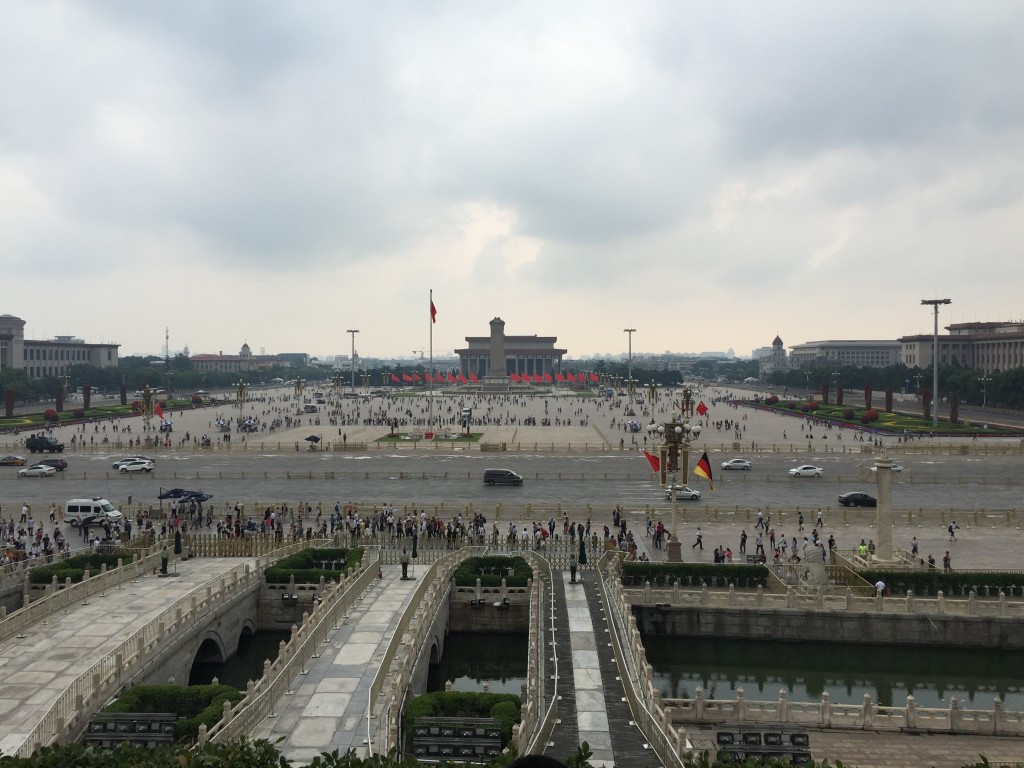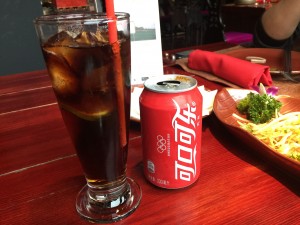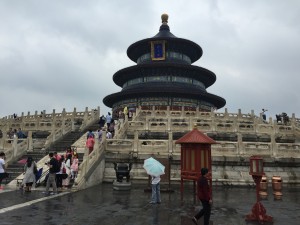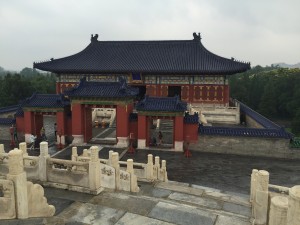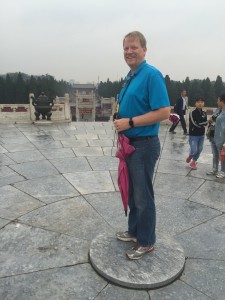I will start and end this post with some culinary observations: As I went through the breakfast buffet at the hotel I spotted something familiar and delightful:
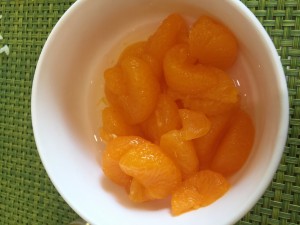
I have fond memories of these sweet oranges, which I now know grow in the northern part of China, and which Americans call “Mandarin” oranges. One of my favorite treats was when Mom made Mandarin Orange Jell-O. I rarely got to eat the oranges by themselves, but on occasion I would sneak a small can. Seeing a self-serve bowl in the buffet with this delicacy was a real treat.
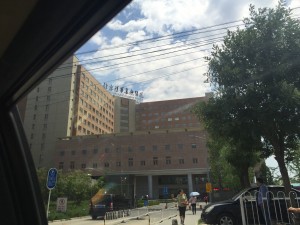 Our lecture tour’s second “station” as our hosts call it was a new hospital in Beijing, which has been in operation for less than two years. Beijing Tsinghua Changgung Hospital (BTCH) is located in one of the most densely populated areas of Beijing; more than 700,000 people live within three subway stops of the hospital.
Our lecture tour’s second “station” as our hosts call it was a new hospital in Beijing, which has been in operation for less than two years. Beijing Tsinghua Changgung Hospital (BTCH) is located in one of the most densely populated areas of Beijing; more than 700,000 people live within three subway stops of the hospital.
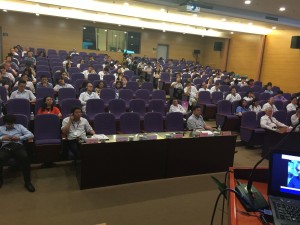 BTCH was created through a gift from a wealthy Taiwanese benefactor who wanted to bring an advanced management model for hospitals from Taiwan’s Chang Gung Memorial Hospital to mainland China.
BTCH was created through a gift from a wealthy Taiwanese benefactor who wanted to bring an advanced management model for hospitals from Taiwan’s Chang Gung Memorial Hospital to mainland China.
While we didn’t get to tour the hospital, the conference facility was state-of-the-art, and we had a great audience that asked some very perceptive questions in our extended discussion.
It also has been interesting to learn of connections these hospitals already have with Mayo Clinic. For example, in our conversation with leaders before the lectures we learned that Dr. Win Shen, who is the Chair of Cardiology at Mayo Clinic in Arizona (and with whom I worked occasionally on news releases when he was in Rochester back in my media relations days), also has a formal role with BTCH that brings him here twice a year.
The formal Chinese Dinner has been a fascinating culinary and social experience. After both of our afternoon programs so far we have gone with hospital leaders and our hosts to dinners in local restaurants where the variety (and amount) of food has been amazing.
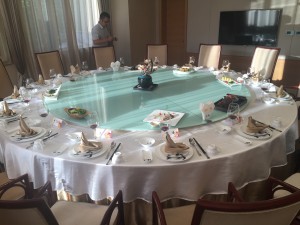 Each evening we come into a room with a round table. Dr. Seltman and I typically are on either side of the hospital president (with our interpreters also nearby) and then everyone else has an assigned seat as well. Even with the assigned seating, however, everyone seems to spend a good amount of time standing, as participants move around the table to toast each other.
Each evening we come into a room with a round table. Dr. Seltman and I typically are on either side of the hospital president (with our interpreters also nearby) and then everyone else has an assigned seat as well. Even with the assigned seating, however, everyone seems to spend a good amount of time standing, as participants move around the table to toast each other.
The inner ring of the table is a motorized glass conveyor that brings an endless supply of amazingly various food, as you see in the Tweet below:
One of the dishes at this meal was squid jellyfish:
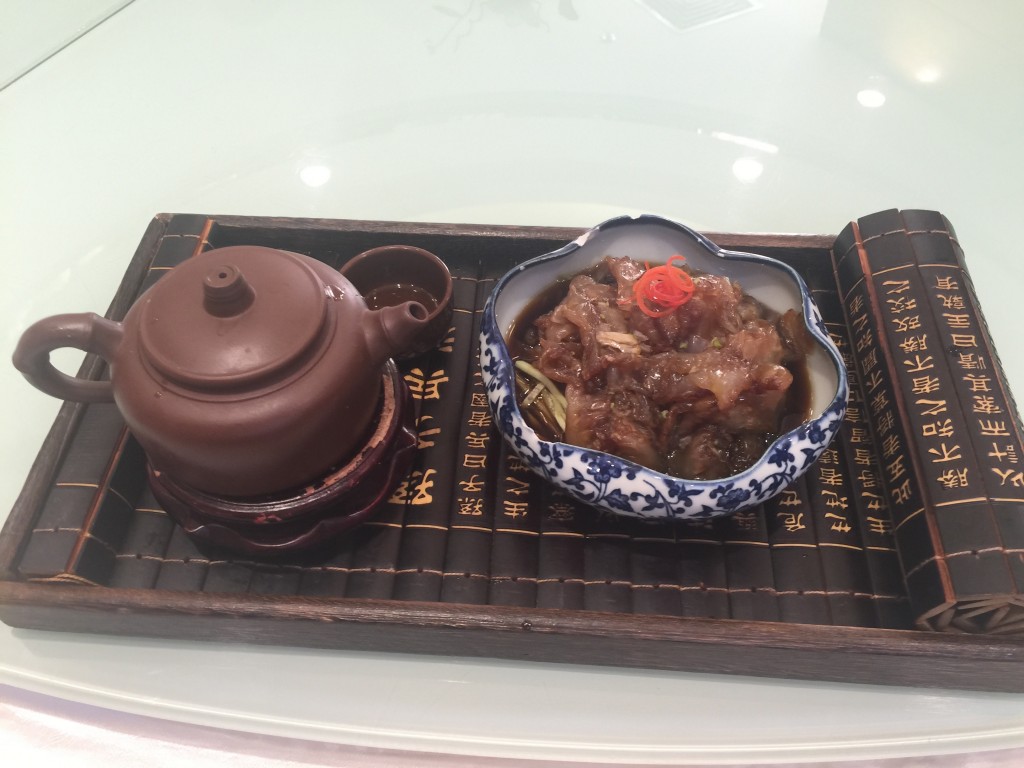
In my three days in China I have developed some dexterity with chopsticks, and have tried most of the dishes (at least the gluten-free ones) that have passed in front of me.
And while it might not be the most flattering, I’m pretty proud of this photo, a left-handed selfie while I use chopsticks to taste squid jellyfish:
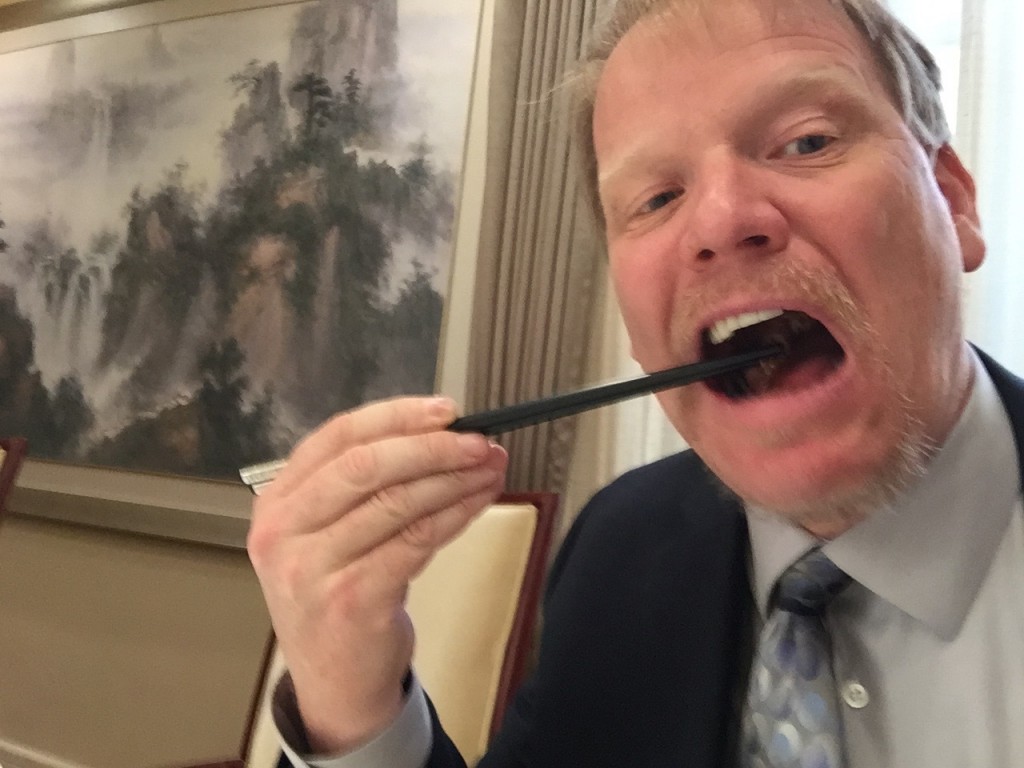
It doesn’t taste like chicken.
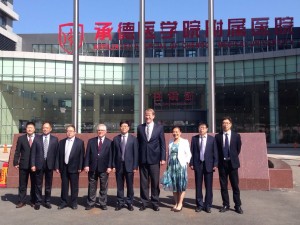 Our Saturday morning presentation was at Affiliated Hospital of Chengde Medical University, which is about 200 km northeast of Beijing. This was another very new facility, less than a year old. And because it was a Saturday morning, we had representatives from other area hospitals in the crowd of about 300.
Our Saturday morning presentation was at Affiliated Hospital of Chengde Medical University, which is about 200 km northeast of Beijing. This was another very new facility, less than a year old. And because it was a Saturday morning, we had representatives from other area hospitals in the crowd of about 300.